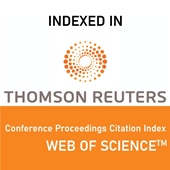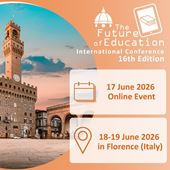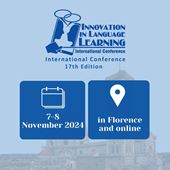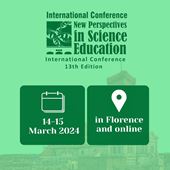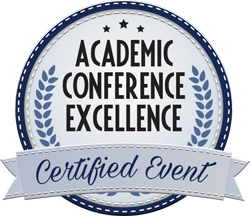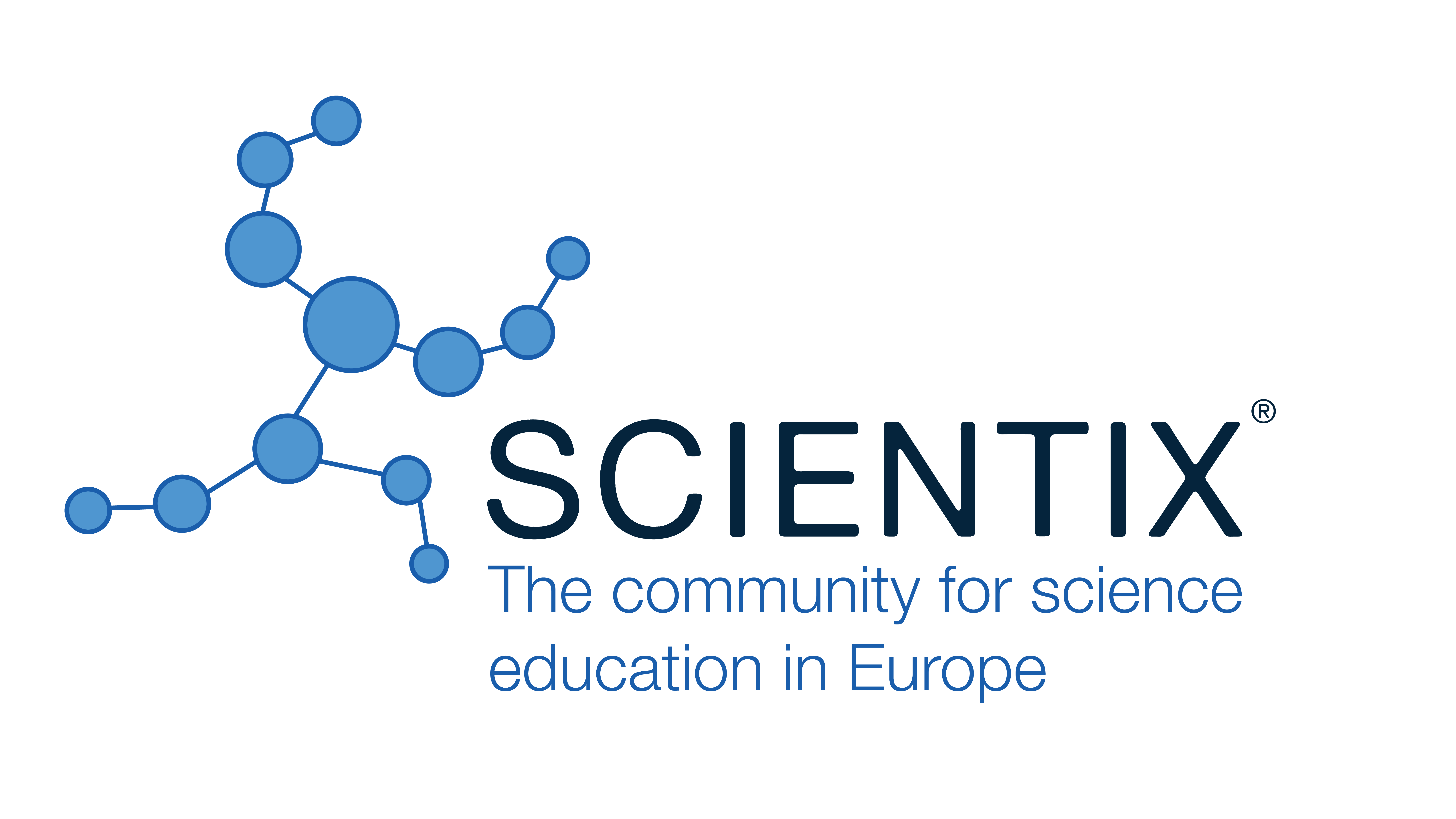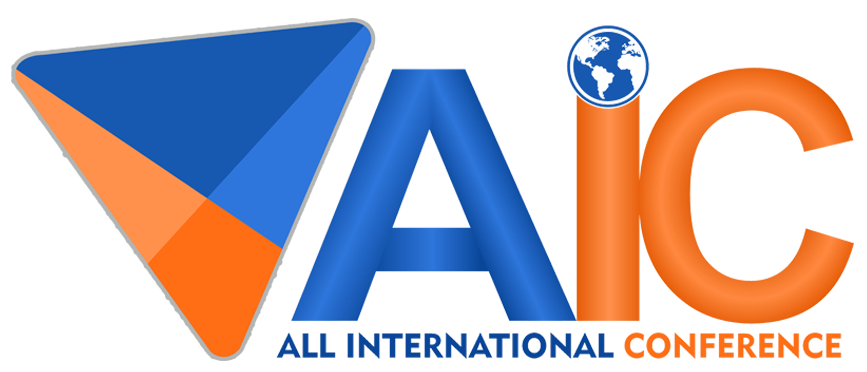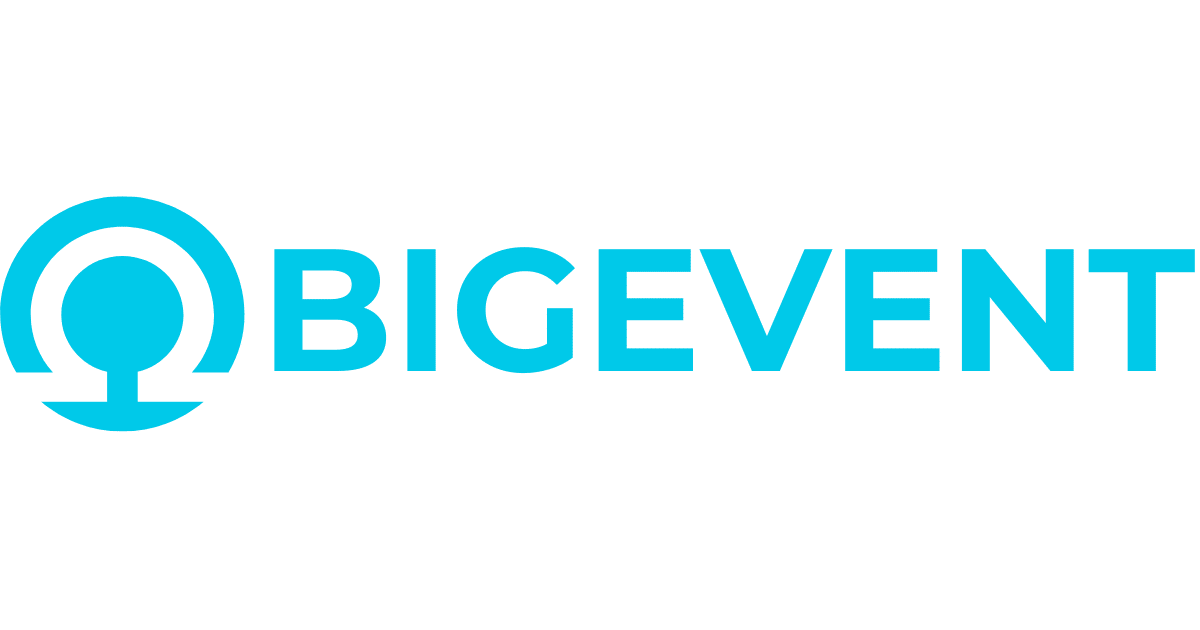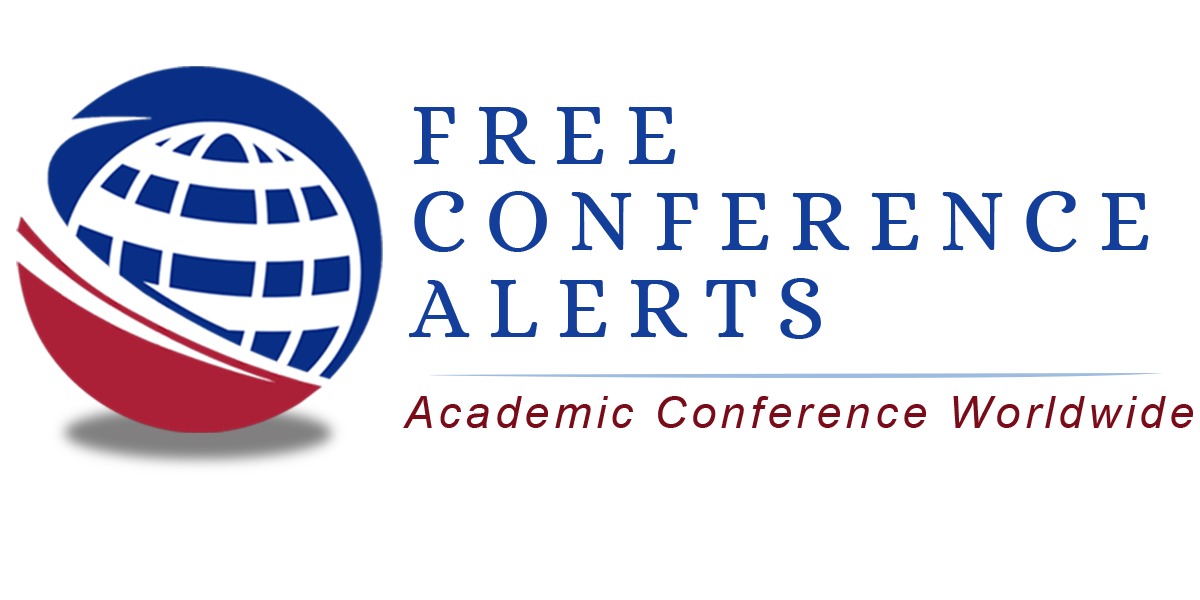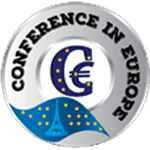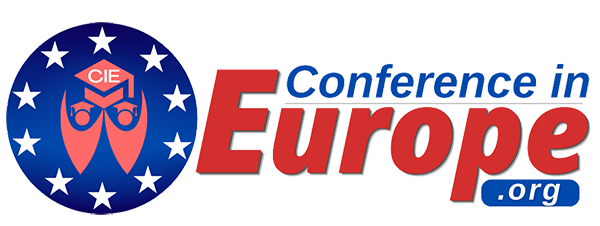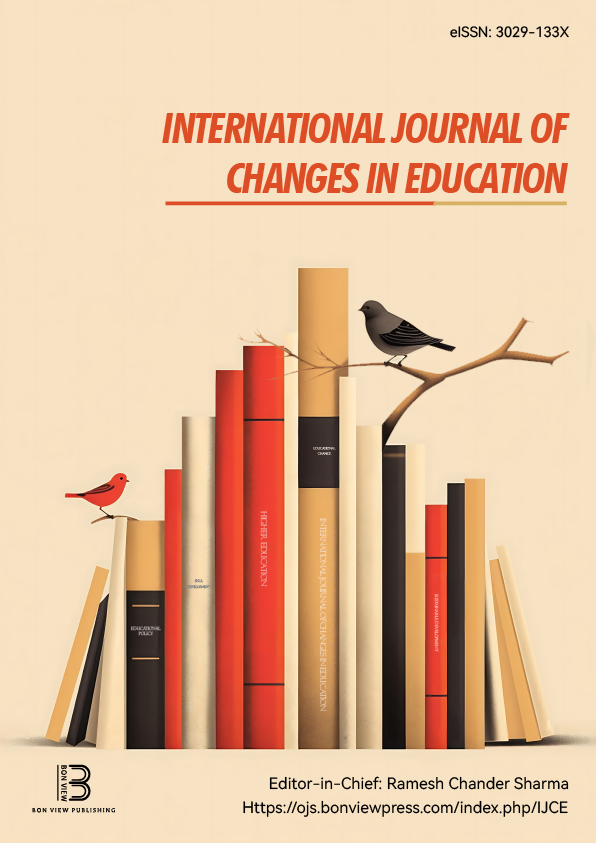Languaging and Gesture in Second Language Primary Classrooms
Alessandro Rosborough, Brigham Young University (United States)
Lindsay Aldous, Brigham Young University (United States)
Mary Packard, Brigham Young University (United States)
Jennifer Wimmer, Brigham Young University (United States)
Abstract
Our research discusses languaging and gesture as they serve to initiate and provide extended classroom conversation for young second language (L2) learners. Swain (2006) defines languaging as “making meaning and shaping knowledge and experience through language” (p. 98). While languaging has been an important area of study in L2 education, almost all current research views languaging as functioning through oral and written modalities with less emphasis on gesture (Li et al., 2023). We use Vygotskian Sociocultural Theory (1987), to understand how gesture and other multimodalities support L2 learners in primary/elementary classrooms. Applying linguistic-anthropologic methods (Kendon, 2004; McNeill, 2005; Mondada, 2011; Streeck, 2009) we video-recorded and analyzed hand-gestures for how they support and extend classroom conversation and vocabulary learning. Findings demonstrated that gestures created new communicative opportunities of learning in the L2. Specifically, co-speech gestures and silent-gestures produced shared-attention, representation, and content-centered thinking of the vocabulary tasks to be learned. Gestures were found to create contingent moments (McCafferty & Rosborough, 2023), which provided forward-oriented conversation in the learning task. Conclusions and implications included the pattern that when the teachers applied the students’ gestures in the conversation, the students entered new mediational processes creating more authentic exchanges in their L2 learning.
|
Keywords |
Languaging, Second Language, Gesture |
|
REFERENCES |
|
 The Future of Education
The Future of Education
